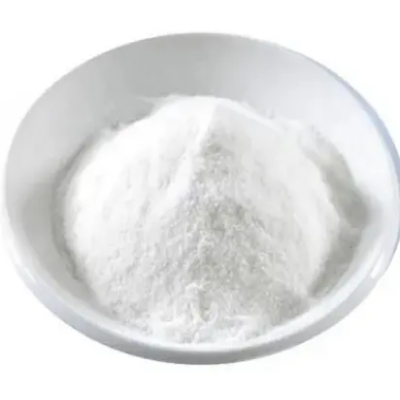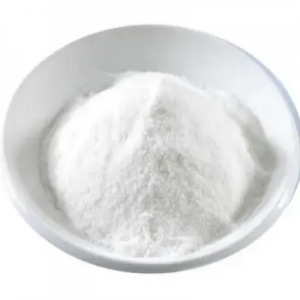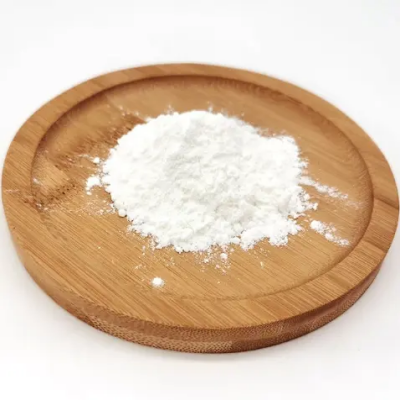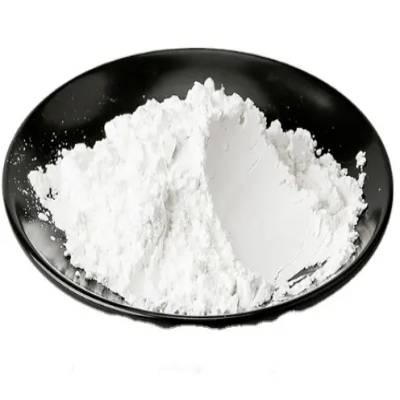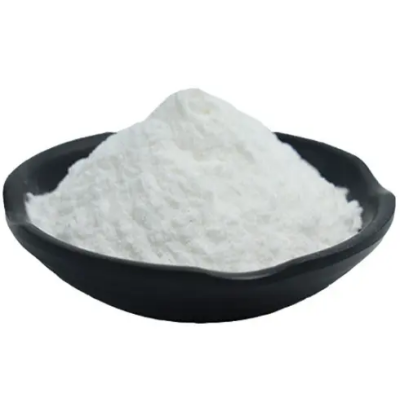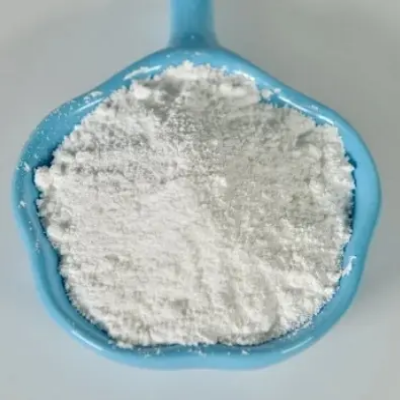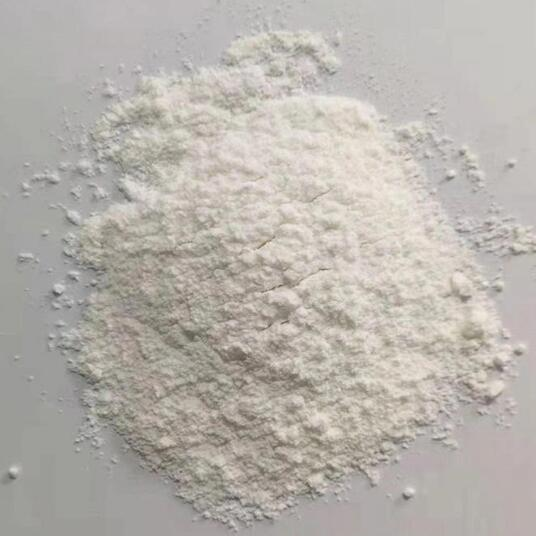Ampicillin sodium salt CAS:69-52-3
Ampicillin sodium salt finds widespread use in clinical settings for treating bacterial infections such as respiratory tract infections, urinary tract infections, meningitis, and septicemia. It is effective against both Gram-positive and Gram-negative bacteria, including Escherichia coli, Haemophilus influenzae, and Streptococcus pneumoniae, among others. Healthcare providers administer ampicillin sodium salt via intravenous or intramuscular routes to achieve therapeutic concentrations in the bloodstream and at the site of infection. Dosage adjustments may be necessary based on the type of infection, severity, patient age, weight, renal function, and susceptibility testing results. Patients are advised to complete the full course of treatment with ampicillin sodium salt as prescribed by healthcare professionals to ensure the eradication of the infection and reduce the risk of antibiotic resistance development. Adherence to dosing schedules and proper administration techniques are crucial for optimal therapeutic outcomes. Common side effects associated with ampicillin sodium salt include gastrointestinal disturbances, allergic reactions, and antibiotic-associated diarrhea. Monitoring for adverse effects and prompt reporting to healthcare providers can help manage these potential issues and ensure the safe and effective use of ampicillin sodium salt in treating bacterial infections. By leveraging the antibacterial properties of ampicillin sodium salt, healthcare professionals can address a wide spectrum of bacterial infections, contributing to improved patient outcomes and effective management of infectious diseases.



| Composition | C16H20N3NaO4S |
| Assay | 99% |
| Appearance | white powder |
| CAS No. | 69-52-3 |
| Packing | Small and bulk |
| Shelf Life | 2 years |
| Storage | Store in cool and dry area |
| Certification | ISO. |


